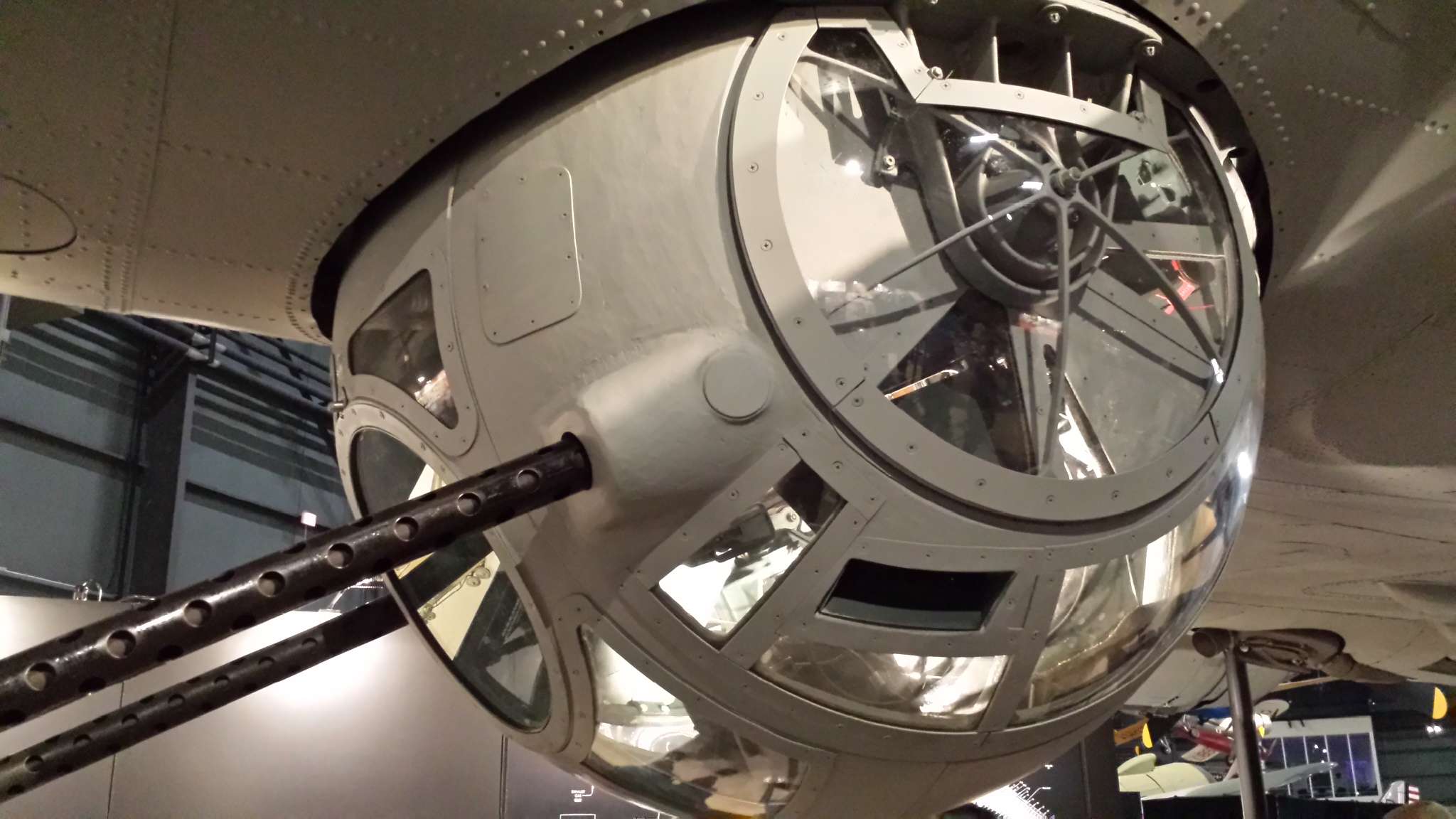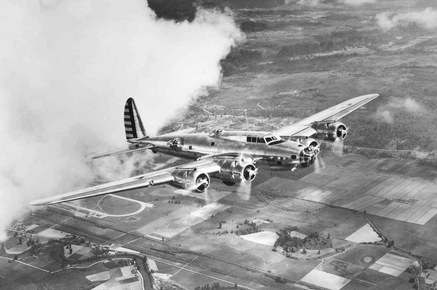… And a controversy.
The Sperry ball turret, was a key defensive feature of the Boeing B-17 Flying Fortress heavy bomber during World War II. Here are some important aspects of the ball turret:
Location: The ball turret was positioned on the underside of the B-17’s fuselage, near the waist of the aircraft.
Design: It was a spherical, plexiglass and metal housing that could rotate 360 degrees, allowing the gunner to defend against enemy fighters attacking from below.
Armament: The turret was equipped with two .50 caliber M2 Browning machine guns, each with 250 rounds of ammunition.
Cramped conditions: The ball turret was one of the most cramped and uncomfortable positions on the B-17. The gunner had to sit in a fetal position with his knees tucked up against his chest, making it difficult to move or escape in an emergency.
Vulnerability: The gunner in the ball turret was highly exposed to enemy fire, and the turret’s glass could be easily shattered. If the aircraft had to make a belly landing, the ball turret gunner was at significant risk of injury or death.
Crew member: The ball turret gunner was typically the smallest crew member, as the space inside the turret was extremely limited.
Famous gunner: One of the most famous ball turret gunners was Staff Sergeant Maynard Harrison “Snuffy” Smith, who shot down at least two German fighters from his turret during a mission in 1943.
The ball turret was a vital part of the B-17’s defensive capabilities, but it was also one of the most dangerous positions. While B-17 crews had a 30% mortality rate, the ball turret gunners had a 60% mortality rate.
Now watch this video and learn more about the Sperry Ball Turret and a controversy.





